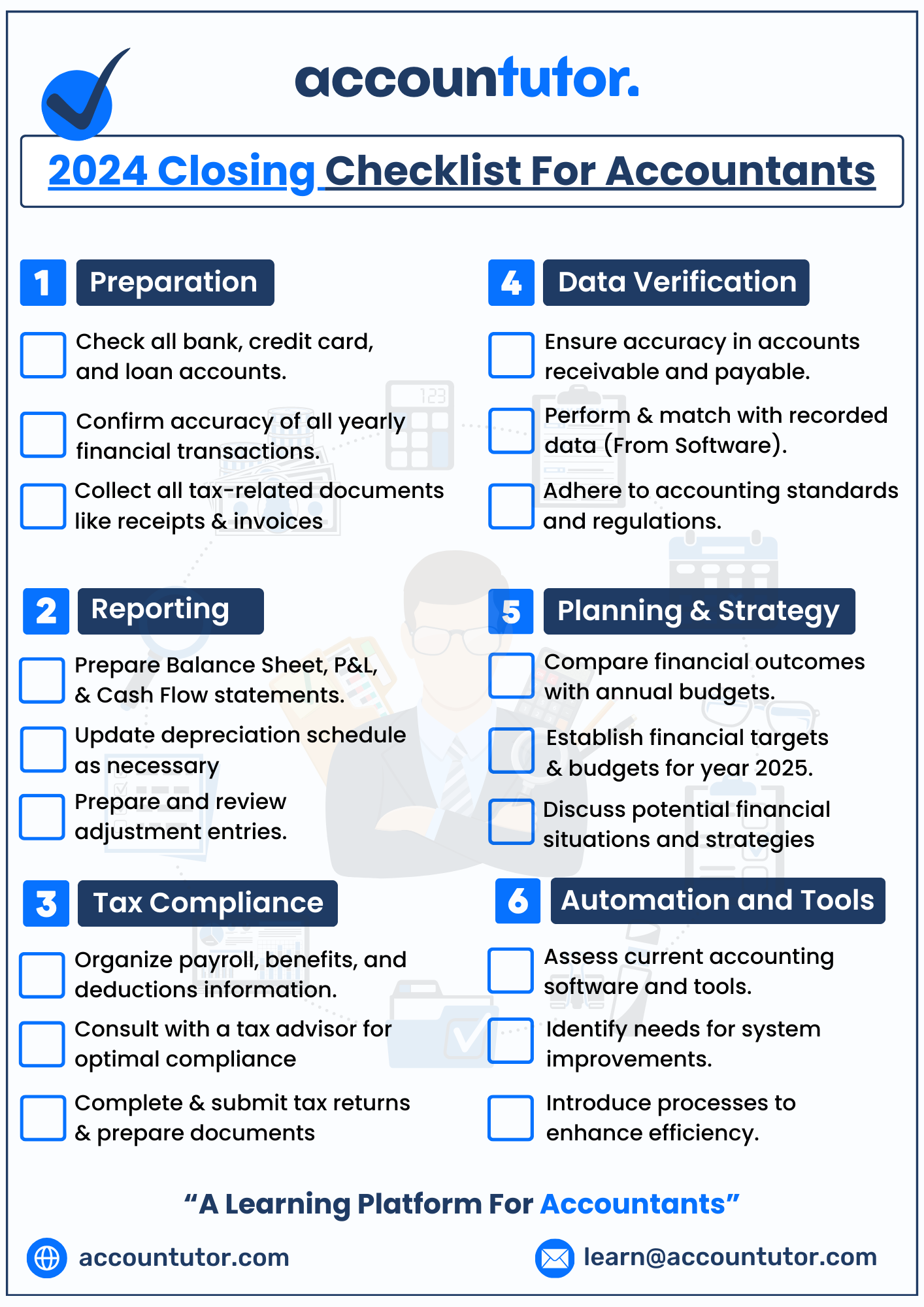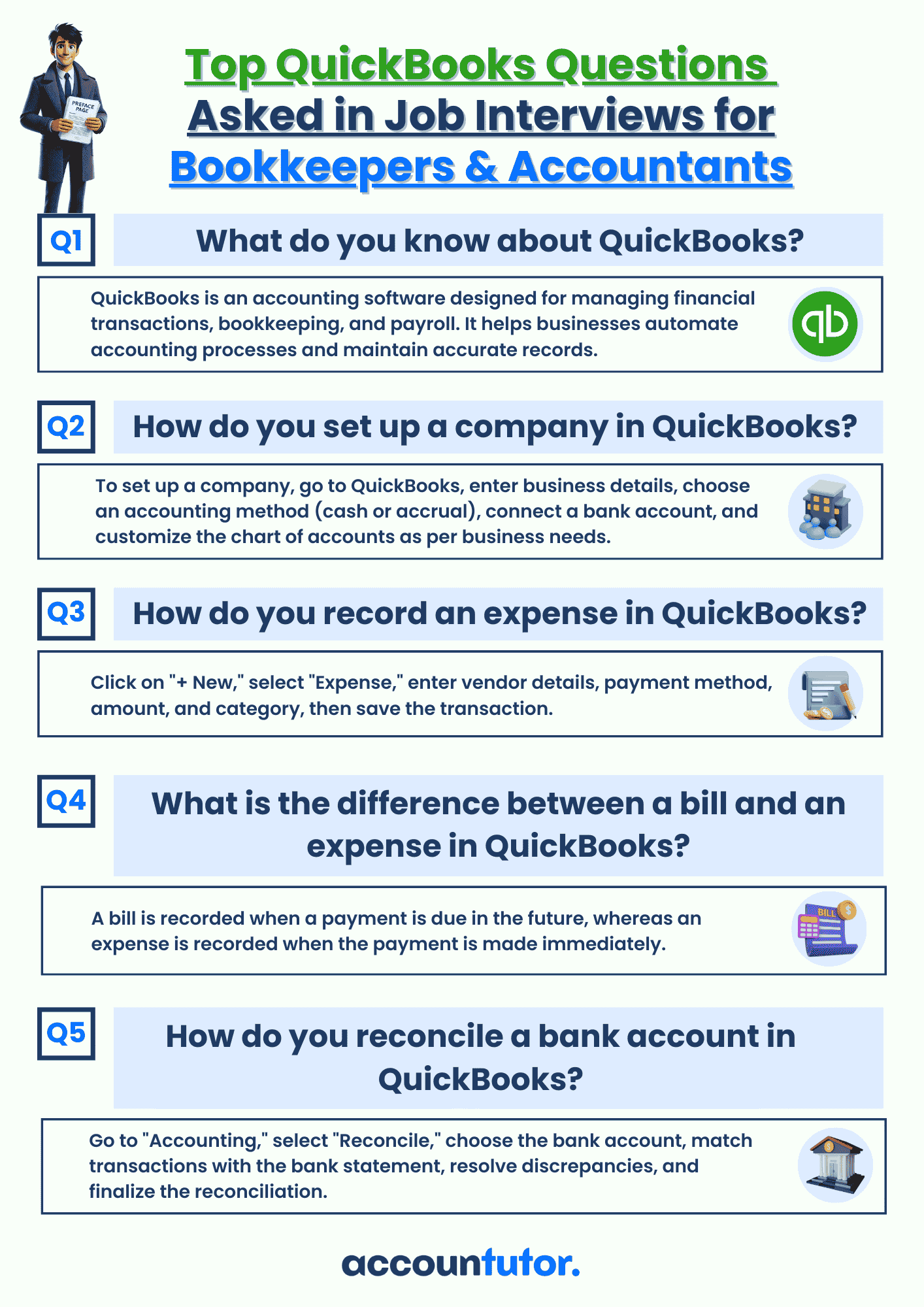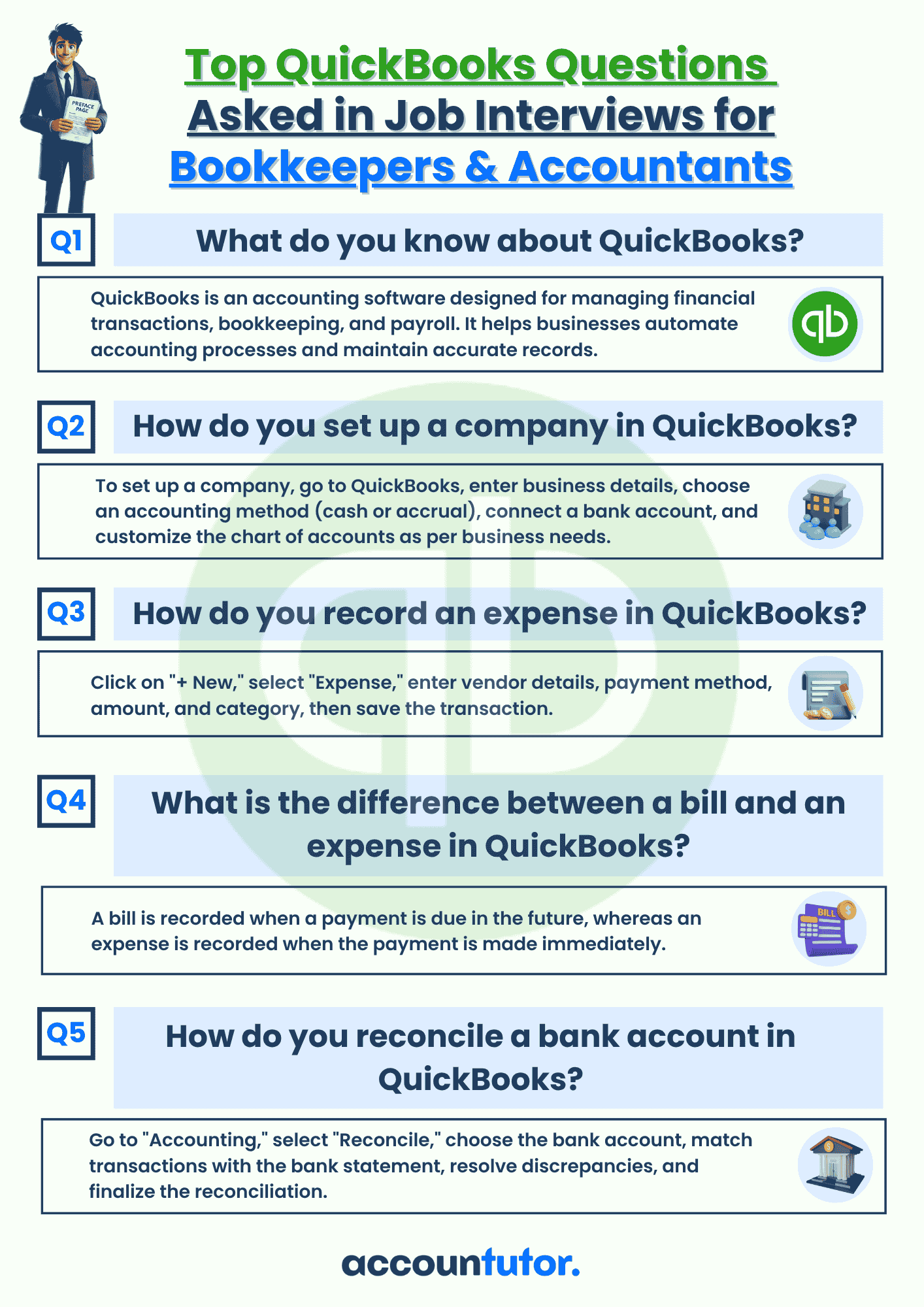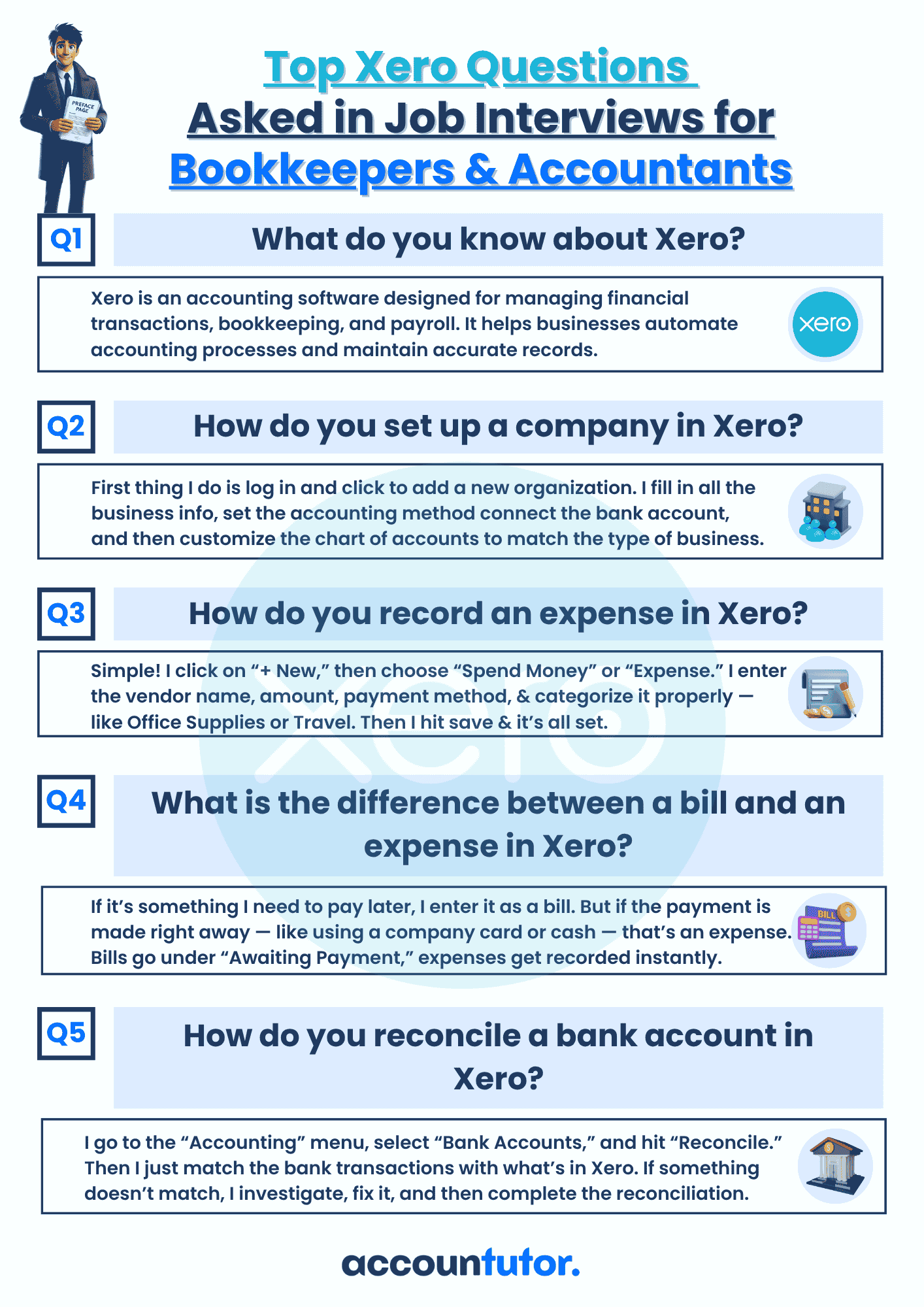What is Leverage?
Jan 21

Introduction
Leverage refers to the use of borrowed funds or fixed costs to increase the potential return on investment or amplify the financial performance of a business. In accounting and finance, leverage can take various forms, including financial leverage (debt) and operating leverage (fixed costs in operations). While leverage can magnify returns, it also increases risk, as higher leverage levels make a company more vulnerable to adverse economic conditions.
How it works?
A real estate development company decides to construct a commercial building costing $10 million. Instead of using all its own funds, it finances 70% of the cost ($7 million) through a bank loan at a 5% interest rate and uses $3 million of its equity. Once the building is leased, it generates annual revenue of $1.5 million. The loan enables the company to undertake the project without needing the full $10 million upfront, significantly increasing its return on equity. However, the company must manage the risk of meeting loan repayment obligations if rental income falls short.
Why it is important?
Leverage plays a critical role in business operations and investment strategies, offering both opportunities and risks. Its relevance is highlighted in the following ways:
1. Enhanced Returns on Equity: By using borrowed funds, businesses can undertake larger investments than they could with equity alone, amplifying potential returns.
Example: A company invests $2 million of its funds and borrows $3 million to acquire a factory, doubling its production capacity and increasing profits.
2. Growth and Expansion: Leverage enables companies to pursue growth opportunities, such as acquisitions, product development, or market expansion, without depleting equity reserves.
Example: A tech startup raises debt to fund the development of an innovative software platform, capturing market share more quickly.
3. Tax Benefits: Interest payments on debt are often tax-deductible, reducing a company’s taxable income and overall tax liability.
Example: A retail chain benefits from tax savings by deducting $500,000 in annual interest expenses on a business loan.
4. Increased Risk and Financial Discipline:
While leverage can boost profitability, it also increases financial risk due to fixed obligations like interest payments. Effective leverage management fosters financial discipline.
Example: A restaurant chain carefully monitors its debt levels to ensure it can cover loan repayments during off-peak seasons.
Types of Leverage:
1. Financial Leverage: Involves using borrowed funds, such as loans or bonds, to finance investments or operations. Higher financial leverage increases both potential returns and risks.
Example: A manufacturing company borrows $5 million to upgrade its machinery, aiming to boost production and revenue.
2. Operating Leverage: Relates to the proportion of fixed costs in a company’s cost structure. Businesses with high operating leverage benefit more from increased sales but face higher risks during downturns.
Example: A software company incurs significant fixed costs for server infrastructure, so each additional sale significantly boosts profitability.
3. Combined Leverage: Refers to the simultaneous use of financial and operating leverage, amplifying both operating income and net income.
Example: A car dealership takes out loans to finance inventory (financial leverage) while relying on fixed advertising costs (operating leverage) to drive sales.
4. Investment Leverage: Used by investors to magnify returns on investments by borrowing capital to buy assets, such as stocks or real estate.
Example: An investor uses a margin account to borrow funds and purchase additional shares, increasing exposure to market gains.
Conclusion:
Leverage is a powerful financial tool that can significantly enhance a business’s growth, profitability, and return on equity. By carefully balancing the use of financial and operating leverage, companies can achieve their strategic objectives while managing associated risks. However, leverage must be used judiciously, as excessive reliance on borrowed funds or fixed costs can increase vulnerability during economic downturns. With effective planning and management, leverage provides businesses and investors with opportunities to optimize resources and maximize financial performance.
Accounting and Bookkeeping courses for you
Subscribe to our newsletter
Stay informed with the latest accounting tips, tools, and updates from Accountutor right in your email inbox.
Thank you!
Policy Pages

Download QuickBooks Online PDF Guide
Thank you!

Download QuickBooks Online Cheat Sheet
Thank you!

Download ABCD of Accounting
Thank you!

Download Checklist 2024
Thank you!
Register For Free!
Thank you!

Download Interview Questions
Thank you!
Register for this webinar: How to Master QuickBooks Online— Without Feeling Overwhelmed
7th JUNE 2025 | 8:00 AM PST | 11:00 AM EST
Thank you! The joining link will be sent to your email shortly!
Webinar joining link will be sent to your email address.

Download QBO Job Interview Questions and Answers PDF
Thank you!

Download Interview Questions
Thank you!

Download 50 Interview Questions For Bookkeepers
Thank you!

